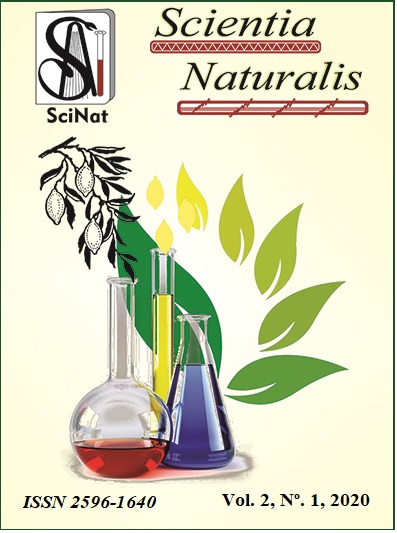Prospecção fitoquímica da Carapa guianensis (Meliaceae) e Uncaria guianenesis (Rubiaceae) com vista á atividade anti-helmíntica sobre nematódeos gastrintestinais de pequenos ruminantes
Abstract
Phytochemical analyzes of plants and controlled experiments may offer new effective and economically viable alternatives to parasitic diseases by identifying possible secondary metabolites with anthelmintic profile. The objective of this work was to evaluate the phytochemical profile of Carapa guinensis and Uncaria guianensis, native plants of the Amazon with anthelmintic profile. Plant samples were collected for the elaboration of the crude ethanol extract. The extracts were submitted to preliminary phytochemical screening to verify the presence of secondary metabolites classes with possible profile for anthelmintic activity. The study revealed the presence of chemical metabolites: phenols and tannins, saponins, steroids and triterpenoids and reducing sugars. Several studies prove the relationship of these metabolites mainly tannin on the metabolism of small ruminant gastrointestinal nematodes larvae by affecting their cuticle and preventing the evolution of the infecting stage to parasitic stage by changing its chemical and physical properties. Therefore it is possible to believe that the different parts of the plants may be a good alternative in the control of small ruminant endoparasites. Phytochemical analyzes of medicinal plants and controlled experiments, coupled with recent knowledge of strategies for parasite control, may offer new effective and economically viable alternatives to small ruminant parasitic diseases.
Keywords: Secondary Metabolites. Anthelmintics. Medicinal plants.




